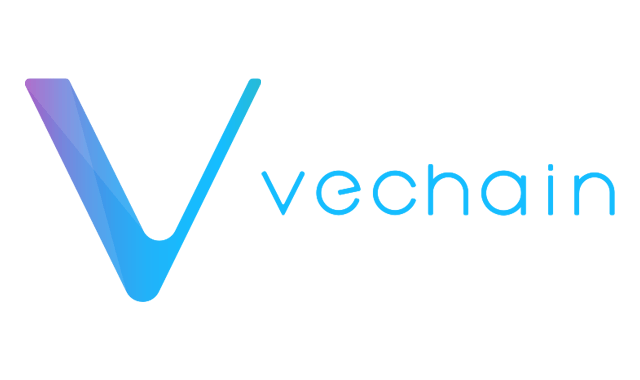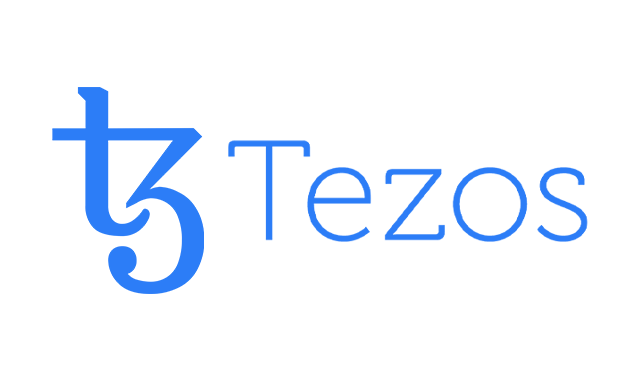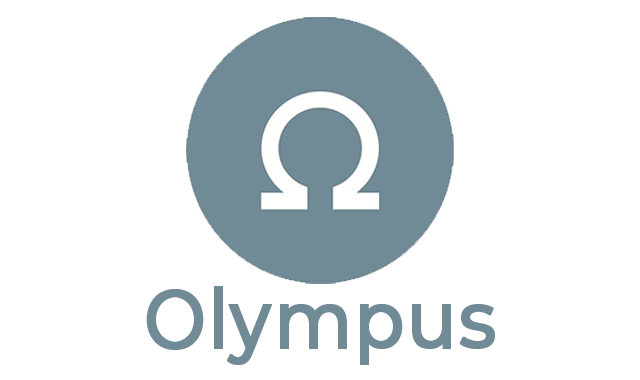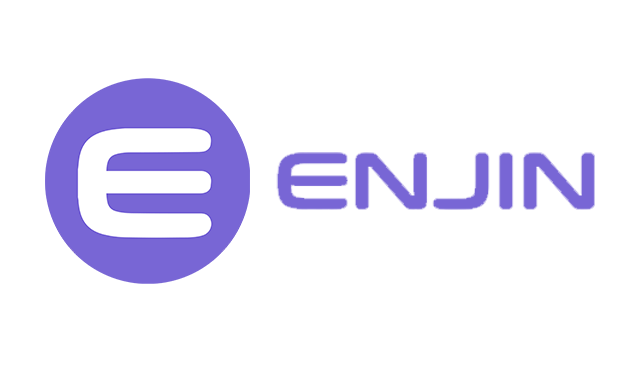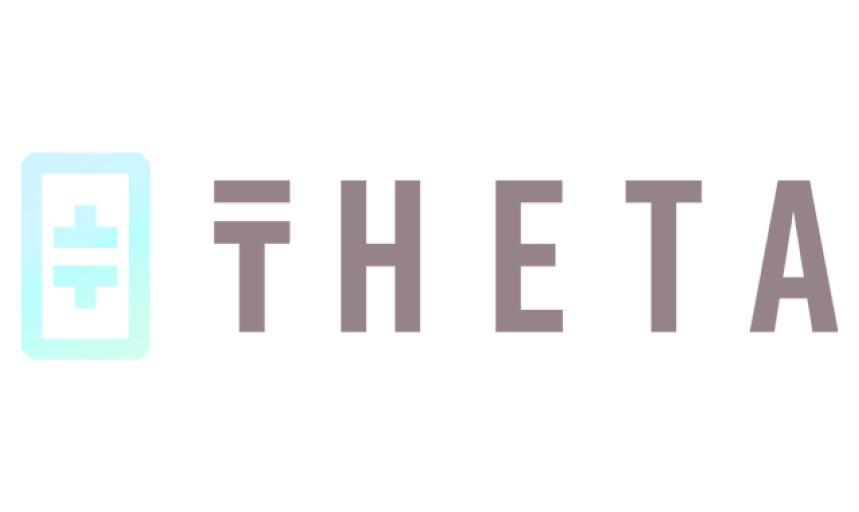Building the Future: Explore the Blockchain Infrastructure
Discover the latest advancements in blockchain infrastructure. Join the decentralized revolution and build the future of finance.
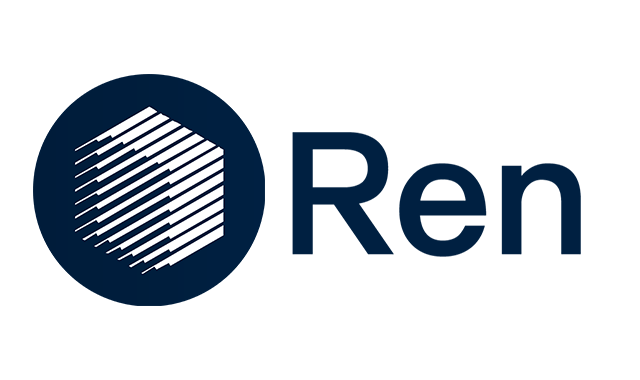
Ren Protocol (REN)
Have you heard about Ren (REN)? It’s the hot new cryptocurrency that some investors think will be the next big thing in the blockchain industry.
Ren is a platform for trading cryptocurrencies and tokens, plus it offers liquidity solutions related to decentralized and cross-chain transfers. Social media buzz says that this could lead to a huge rise in value if it is successful.
In this article, I’ll discuss all the pertinent details about Ren (REN). I’ll answer questions like “How does Ren work?” and “What advantages does Ren offer?”
What is Ren (REN)?
Ren (REN) is an open-source decentralized cryptographic ledger project designed to enable cross-chain or cross-network interconnectivity between different DLT networks. Ren is built on top of several DLTs, including Ethereum, Bitcoin, and Bitcoin Cash. The project aims to create a trust-free, Peer-to-peer platform that enables users to move assets between different DLT networks without any central intermediaries.
Ren uses a mesh network called “Darknodes” to facilitate cross-network transactions. Nodes are computing devices that are connected to a distributed network. Darknodes act as intermediaries between different DLT networks and allow users to convert their assets from one DLT to another using a REN token.
REN is the native token of the Ren platform and is used as collateral to run Darknodes. These operators are required to stake a certain amount of REN coins to participate in the network and earn rewards for facilitating cross-network transactions. REN can also be used to pay transaction fees on the Ren platform.
Ren has already established partnerships with several leading DLT projects, including MakerDAO, Kyber Network, and Polkadot, to expand cross-network functionality and create new use cases for the Ren platform.
Ren 2.0
Ren 2.0 is an upgraded version of the Ren protocol or network system, a distributed interconnectivity network designed to enable the seamless movement of digital assets between different DLT networks. Ren 2.0 is built on the RenVM, which is a virtual machine that enables the transfer of coins between different DLT networks in a trust-free and permissionless manner.
Ren 2.0 aims to improve the initial version of the system by making it more efficient, scalable, and secure. Some of the key features of Ren 2.0 include the ability to support multiple asset types, improved speed and throughput, enhanced security measures, and a more user-friendly interface.
RenVM
RenVM is a distributed, trustless, and interconnective virtual machine that enables cross-chain liquidity and interconnectivity for decentralized applications (dApps). It is a part of the Ren project, which aims to provide an open-source bridge between different DLT networks.
RenVM allows users to move cryptocurrencies and tokens between different DLT networks without the need for a centralized exchange. By using this digital machine, users can deposit their assets in a smart contract and mint a corresponding token on other different blockchains, allowing the assets to be used in applications on that DLT.
RenVM is designed to be a universal interconnectivity engine that can support any DLT. It uses sMPC and threshold signatures to provide security and privacy to users. This digital machine is also designed to be autonomous, with a network of nodes or mesh networks running the software and performing the necessary calculations to maintain the network.
How does Ren work?
Ren (REN) is an open interoperability protocol that enables the movement of value between blockchains, such as Bitcoin, Ethereum, and Binance Smart Chain. Ren enables users to move their assets from one DLT to another without the need for a centralized exchange.
Ren uses a mesh network to facilitate the transfer of assets between digital ledgers. They are run by a community of users who are incentivized to participate in the network through the issuance of the REN token.
When a user wants to move an asset from one DLT to another, they deposit it into a smart contract on the Ren network. The Ren then mints a corresponding ERC-20 token on the Ethereum cryptographic ledger, which represents the deposited asset. This ERC-20 token can then be freely traded on the Ethereum DLT or used as collateral in decentralized finance (DeFi) applications.
When the user wants to withdraw their asset from the Ren network, they simply burn the ERC-20 token, which triggers the release of the original asset on its native DLT.
Ren uses a technique called “darknodes” to ensure the security and privacy of the network. Darknodes uses sMPC to enable cross-network transactions without revealing any information about the underlying assets.
The Technology Behind Ren Protocol
Ren (REN) Protocol is a DLT system that enables interconnectivity between different DLT networks. The system enables users to transfer digital assets between different digital ledgers such as Bitcoin, Ethereum, and Binance Smart Chain, without the need for a centralized exchange. REN accomplishes this through the use of a Darknode Technology
They are essentially specialized Calculating computers that are responsible for facilitating cross-network transactions on the Ren platform. They act as intermediaries between different digital ledgers, allowing digital assets to be transferred between them. When a user initiates a cross-network transaction, it is first sent to them. The darknode operators then verify the transaction, and if it is valid, it forwards it to the appropriate DLT for processing.
REN Platform uses a novel cryptographic technique called secure multi-party computation (sMPC) to ensure the security and privacy of cross-network transactions. sMPC enables multiple parties to jointly compute a function without revealing their inputs to each other. In the context of the REN Platform System, sMPC is used to generate a secret key that is required to unlock the digital assets being transferred. This secret key is divided into multiple parts and distributed among the trusted participants in the network. No single operator has access to the entire secret key, making it virtually impossible for anyone in darknode to steal the assets being transferred.
The Ren DeFi Platform also uses a token called REN, which is used to pay transaction fees and incentivize operators. These operators are required to stake REN tokens in order to participate in the network, and they receive a portion of the transaction fees as a reward for their services. This incentivizes operators to provide reliable and secure services to the network.
What Makes Ren (REN) Unique?
Ren (REN) is a cryptocurrency project that aims to enable interoperability between different DLT platforms. This interconnectivity is achieved through the creation of an open-source mesh network called the RenVM, which acts as a trustless custodian of digital assets.
Ren Platform (REN) enables the transfer of digital assets between different digital ledgers through the use of “wrapped” tokens. Wrapped Bitcoin (WBTC) and RenBTC are examples of wrapped tokens that represent Bitcoin (BTC) on other DLT networks. Ren’s ability to create wrapped tokens allows for cross-network marketability and trading, even if the underlying digital ledgers have different technical architectures and consensus mechanisms. This makes Ren unique in the DeFi space, as it enables seamless interconnectivity between different DLT networks.
Another unique feature of Ren is its focus on privacy. This distributed mesh network uses a “secure multiparty computation” technique to ensure that private keys are never revealed, even when assets are moved between digital ledgers. This means that users can move assets between different digital ledgers without revealing their identities or the specific assets being transferred.d
Ren Community and partnerships
Community and partnerships are crucial to the success of the project.
Community: Ren has a strong community of developers, supporters, and investors who are committed to the project’s vision of interconnectivity. The community is active on social media platforms such as Twitter, Telegram, Reddit, and Discord, where they discuss the latest developments, share ideas, and provide feedback.
Partnerships: Ren has established partnerships with several leading cryptographic ledger projects, including Kyber Network, Polkadot, and Avalanche. These partnerships enable Ren to integrate with these projects and provide interconnectivity between their respective digital ledger.
Ren has also partnered with major cryptocurrency exchanges, such as Binance and Huobi, to enable the seamless decentralized exchange of crypto coins across different digital ledgers. This has helped to increase the marketability of Ren Protocol’s native token, REN, and strengthen its market position.
In addition, Ren has partnered with several DeFi projects, such as MakerDAO, Compound, and Aave, to provide users with access to a wider range of DeFi services. These partnerships have helped to expand the use cases for REN platform technology and increase its adoption.
Where to buy or sell Ren (REN)?
Ren (REN) can be bought or sold on various cryptocurrency exchanges. Some popular exchanges that support REN trading include Binance, Coinbase Pro, Kraken, Huobi Global, Bitfinex, Uniswap, and OKEx.
How can Ren (REN) be mined?
Ren (REN) is a cryptocurrency that uses a proof-of-authority (PoA) consensus algorithm, which means that it cannot be mined in the traditional sense like other cryptocurrencies such as Bitcoin or Ethereum.
Instead, the network relies on a network of trusted participants known as “Darknodes” to perform the validation and transfer of assets across different DLTs. Trusted Participants are rewarded with transaction fees for their work, which can be seen as a form of staking.
To become a validator, you need to stake at least 100,000 REN as collateral, which helps to ensure the security and reliability of the network. In return, you’ll receive a portion of the transaction fees generated by the network.
How does Ren (REN) compare against its competitors?
Ren is a cryptocurrency project that aims to enable interconnectivity between different DLTs. It achieves this by providing a distributed network that enables users to move digital assets between different consensus networks without centralized exchanges.
Compared to its competitors, such as Cosmos (ATOM), Polkadot (DOT), and Chainlink (LINK), Ren is unique in its focus on cross-network interconnectivity. Cosmos and Polkadot both aim to provide an ecosystem of interconnected DLTs, while Chainlink focuses on providing distributed Oracle services for smart contracts.
Ren System’s approach to interconnectivity is achieved through the use of “darknode,” or Masternodes which help to facilitate the movement of value between DLTs. These Masternodes are incentivized to perform this function by earning fees in the form of REN coins. This incentivization mechanism has been praised for its ability to provide a self-sustaining ecosystem that can scale as more participants join the network.
Another advantage of Ren is its support for privacy-focused cryptocurrencies such as Monero (XMR) and Zcash (ZEC), which are not supported by many other DLT projects due to their privacy-enhancing features. Ren can support these coins making it a unique player in the cross-network ecosystem.
Ren History
Formerly known as Republic Protocol, REN (Republic Protocol) is a decentralized dark pool protocol or network system that enables traders to execute large-volume trades without revealing their orders to the market.
The project was founded by Taiyang Zhang in 2017. Yenwen Feng, Taiyang Zhang, and Loong Wang led a team of developers to create a trust-free and distributed dark pool trading platform to address the issues of front-running, price slippage, and lack of privacy associated with traditional order book exchanges. Zhang also co-founded crypto trading company Virgil Capital and software development startup Neucode.
The REN token or coin was launched in an initial coin offering (ICO) in August 2018, raising $34 million in funds. The coin is used as a means of exchange on the REN system and also for staking on the protocol.
In 2019, the Republic Protocol was rebranded to REN Protocol to reflect the focus on the REN token and the open-source nature of the platform. The team also launched RenVM, a REN virtual machine that enables the interoperability or interconnectivity of different DLT assets. RenVM allows for the seamless transfer of digital assets between blockchains or Digital Ledger Technology (DLT), making it possible for users to access liquidity across different ecosystems.
On August 10, 2022, Ren introduced Ren 2.0 which is an open network system that enables multichain application development with EVM support.
Since its launch, REN has been listed on major crypto exchanges such as Binance, Coinbase Pro, and Huobi. As of March 2023, REN is ranked among the top 100 cryptocurrencies by market capitalization, with a market cap of over $1 billion.
REN Price Statistics
REN Price
Market Cap
The daily trading volume
What is the all-time high and all-time low for REN?
Related Crypto
